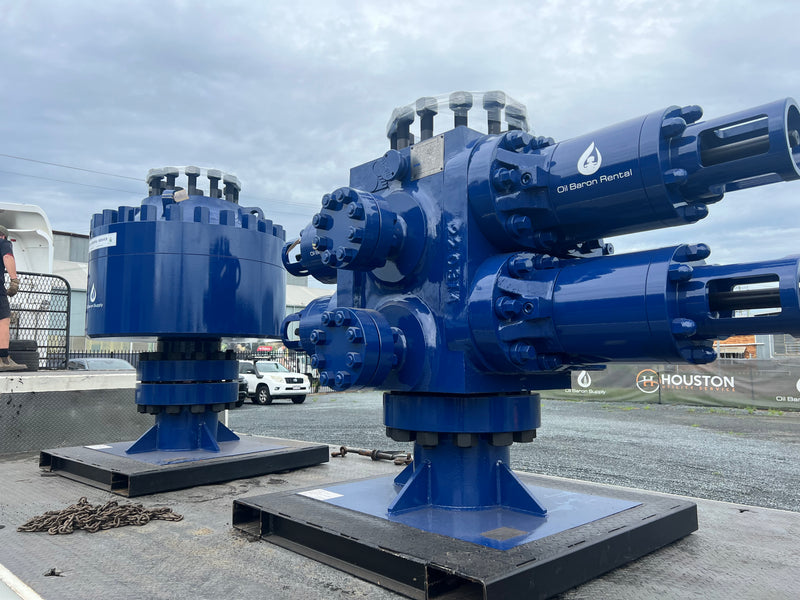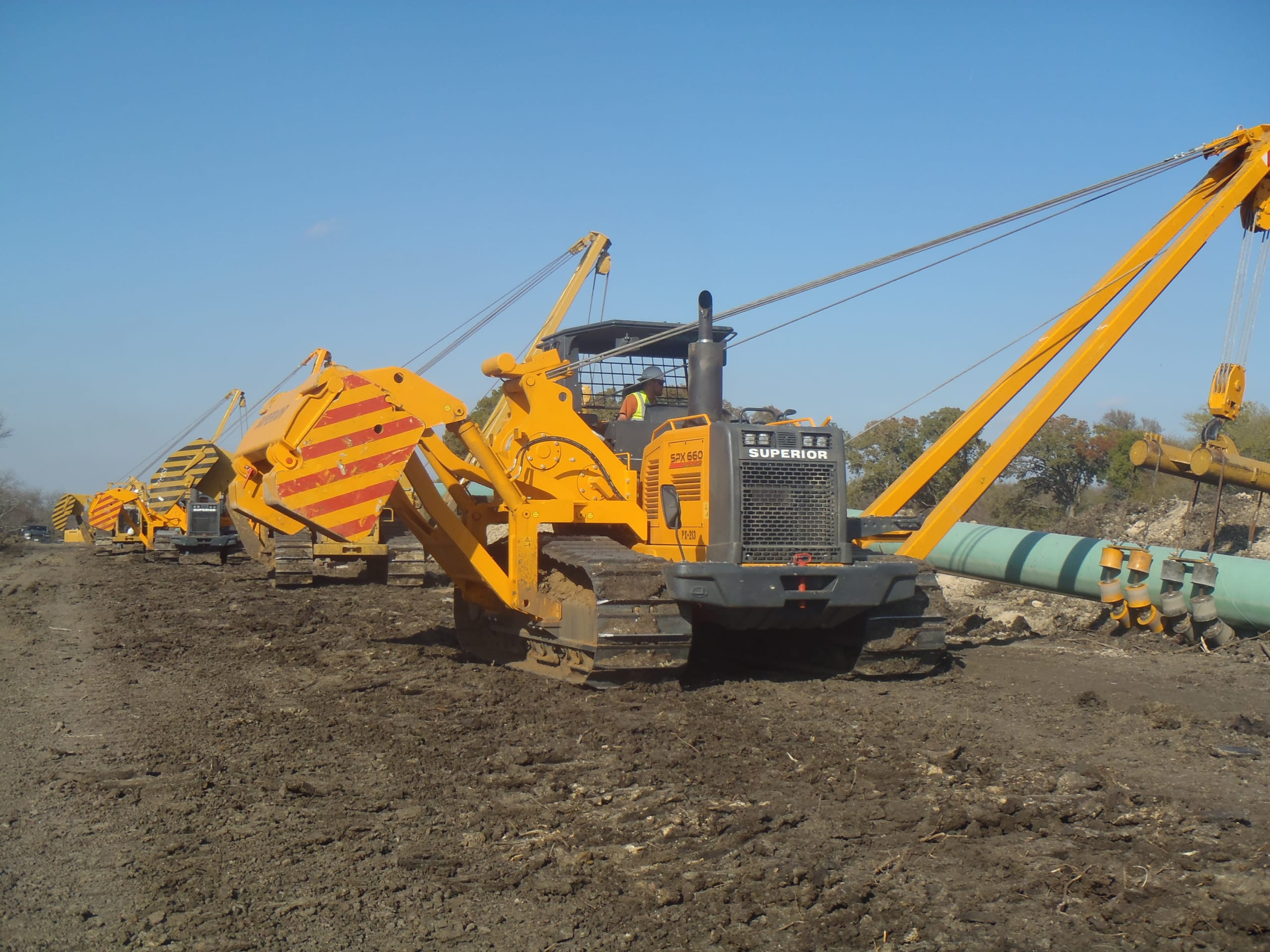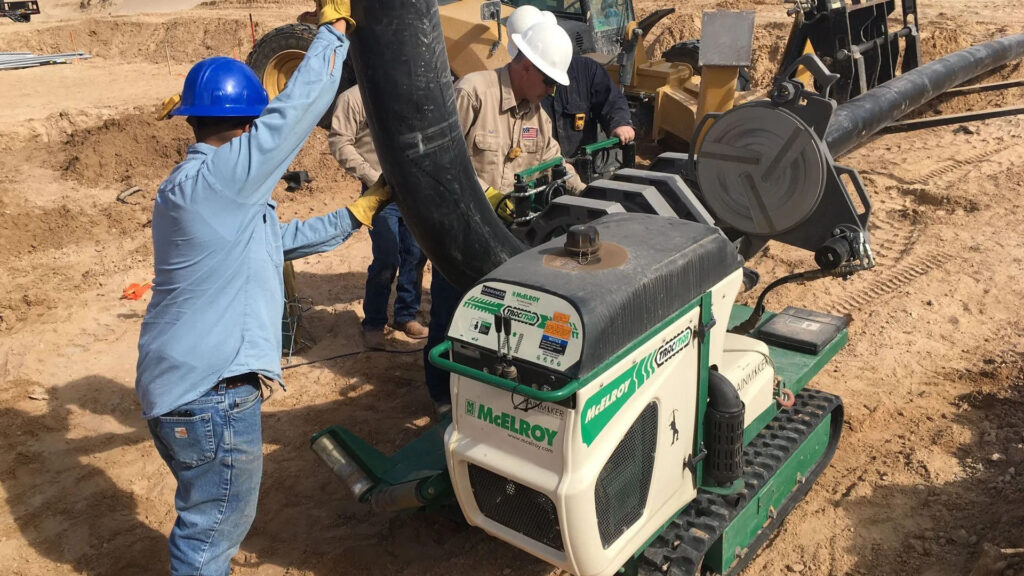Superior Rentals Contact: how to reach them
A Comprehensive Guide to the Various Types of Oil Field Equipment and Pipeline Equipment Available
The oil and gas sector counts heavily on customized devices for reliable extraction and transportation. Different kinds of equipment, from drilling rigs to storage space tanks, play vital functions in this complicated process. Each tool serves unique features that add to total operational success. Recognizing these elements is essential for anyone included in the field. As the sector evolves, so too do the modern technologies that support it. What advancements are on the horizon?

Drilling Rigs: The Foundation of Oil Exploration
Drilling rigs function as the necessary equipment in the domain of oil expedition, enabling business to gain access to hydrocarbon reserves hidden deep below the Planet's surface. These rigs come in numerous kinds, including land rigs, offshore rigs, and mobile systems, each created to operate in particular settings. Geared up with innovative technology, piercing rigs can pass through geological developments with accuracy, ensuring effective source extraction. The structural stability and functional abilities of these rigs are critical, as they must stand up to extreme problems and significant stress. Furthermore, the choice of a drilling gear affects the total job cost and timeline, making it an essential factor to consider for oil business looking for to maximize their expedition efforts and make best use of productivity in their procedures.
Pumps: Essential for Liquid Movement
In the oil extraction process, the function of pumps is considerable, promoting the movement of fluids throughout various stages of manufacturing. Pumps are necessary for transporting petroleum, water, and other liquids from underground reservoirs to the surface area and afterwards with pipes to refineries. They can be found in different kinds, including centrifugal, favorable variation, and submersible pumps, each offering particular functions based upon the fluid qualities and operational needs. Centrifugal pumps are generally used for their effectiveness in high-flow applications, while positive variation pumps master dealing with viscous liquids. The choice of pump impacts total performance, operational security, and upkeep costs. Proper option and maintenance of pumps are crucial for maximizing production and lessening downtime in oil field procedures.
Valves: Managing Flow and Pressure

Valves play a crucial duty in managing the circulation and pressure of fluids within oil areas and pipes. Different types of shutoffs serve distinct applications, each developed to satisfy certain functions fundamental for effective operation - Superior Oilfield Rentals. Understanding the attributes and uses these valves is vital for optimizing system performance and safety and security
Kinds of Valves
Necessary elements in oil area procedures, shutoffs play an essential role in managing the flow and stress of fluids within pipes and tools. Various sorts of shutoffs are made use of to fulfill the varied requirements of oil and gas manufacturing. Usual types consist of entrance shutoffs, which give a straight-line flow and very little stress decrease; globe shutoffs, recognized for their strangling capabilities; and round shutoffs, identified for their fast on/off control. Additionally, check shutoffs stop backflow, while butterfly shutoffs provide a light-weight remedy for regulating flow. Each shutoff type is created with details products and arrangements to stand up to the rough conditions often located in oil areas, guaranteeing dependability and effectiveness in operations. Comprehending these types is essential for efficient system administration.
Valve Applications and Features
While numerous kinds of valves offer distinctive purposes, their key applications focus on regulating circulation and pressure within oil and gas systems. Valves such as gate, world, and ball shutoffs regulate fluid movement, ensuring peak efficiency and security. Gate shutoffs are typically utilized for on/off control, giving very little circulation resistance. Globe shutoffs, on the other hand, deal exact circulation regulation, making them appropriate for throttling applications. Sphere shutoffs are preferred for their fast operation and limited securing capacities. Additionally, pressure relief shutoffs are essential for stopping system overpressure, guarding devices stability. Overall, the ideal choice and application of shutoffs improve functional performance, ensuring the trusted transportation of oil and gas with pipelines and processing centers.
Compressors: Enhancing Gas Transport
Compressors play a vital role in the effective transport of all-natural gas, guaranteeing that it moves efficiently through pipelines over fars away. These devices enhance the pressure of gas, enabling it to conquer friction and altitude changes within the pipeline system. Furthermore, compressors help with the harmonizing of supply and demand, accommodating changes in usage and production prices. Various kinds of compressors are used in the sector, including centrifugal, reciprocating, and rotating screw compressors, each offering distinctive benefits based upon the operational requirements. Routine maintenance of these compressors is important to take full advantage of performance and decrease downtime, eventually contributing to a trustworthy gas transportation network. Their vital feature highlights the relevance of compressors in the overall oil and gas infrastructure.
Storage Tanks: Safe and Effective Liquid Management
Reliable transportation of all-natural gas depends on numerous sustaining systems, among which is the proper monitoring of tank. These tanks play a vital role in securely consisting of liquids, making certain that operational efficiency is preserved while minimizing environmental risks. Constructed from long lasting products, they are made to endure high stress and harsh elements. Correctly sized and strategically located, storage space tanks assist in the smooth flow of gas and other liquids, stopping bottlenecks in supply chains. Regular maintenance and surveillance are critical to detect leakages or architectural concerns, promoting safety and security and compliance with governing requirements. Inevitably, the effective management of tank is critical for the overall honesty and dependability of the oil and gas industry's liquid handling systems.
Pipeline Systems: Framework for Transportation
Pipeline systems act as the foundation of the oil and gas industry, promoting the efficient transport of hydrocarbons over substantial distances. These systems include different components, including pipes, valves, pumps, and compressors, all thoroughly created to assure smooth circulation. The materials made use of in pipeline construction, you can look here often steel or high-density polyethylene, are picked for durability and resistance to rust. Pipeline networks can span recommended you read throughout land and water, connecting manufacturing sites to refineries and circulation centers. Furthermore, progressed modern technology makes it possible for real-time surveillance of circulation prices and stress levels, boosting operational effectiveness. The tactical placement of these pipes minimizes ecological influence while optimizing resource availability, thus playing a necessary duty in meeting energy demands globally.
Security Equipment: Guaranteeing Employee and Environmental Management
The operation of pipeline systems, while important for power transport, also presents considerable security obstacles for employees and the setting. Security tools plays a considerable role in alleviating these risks. Individual protective tools (PPE) such as headgears, handwear covers, and non-slip footwear safeguards employees from physical threats. Furthermore, gas detection systems check for leaks, guaranteeing that dangerous compounds do not present a danger to personnel or the bordering environment. Emergency closure systems are crucial for quickly halting procedures throughout a situation, avoiding prospective calamities. Spill control materials, consisting of absorbents and barriers, are essential for lessening environmental impact. Generally, investing in all-encompassing security tools is crucial for keeping functional honesty and safeguarding both employees and the atmosphere in the oil and gas market.

Regularly Asked Questions
Just how Do I Choose the Right Oil Field Equipment for My Job?
Choosing the best oil area tools involves reviewing job requirements, spending plan constraints, and operational needs. Take into consideration factors such as tools dependability, compatibility with existing systems, and the supplier's credibility to assure peak performance and safety and security.
What Are the Maintenance Needs for Oil Field Equipment?
Maintenance needs for oil field tools consist of normal assessments, lubrication, and prompt repairs. Operators must additionally follow manufacturer guidelines, screen efficiency metrics, and warranty conformity with safety and security i thought about this policies to enhance long life and effectiveness.

Just How Can I Make Certain Conformity With Environmental Laws?
To guarantee conformity with ecological policies, business must conduct routine audits, implement finest methods, purchase training, keep proper documentation, and remain updated on legislation (Superior Rentals midland). Cooperation with environmental firms can likewise boost adherence to regulations
What Is the Ordinary Life Expectancy of Pipeline Equipment?
The typical life expectancy of pipeline devices usually ranges from 20 to 50 years, depending upon elements such as material high quality, ecological problems, and maintenance practices. Regular evaluations can substantially influence longevity and operational performance.
Exactly how Do I Safely Deliver Oil Field Equipment to Remote Locations?
Carrying oil field equipment to remote places requires careful preparation, including course evaluation, safeguarding permits, making use of appropriate automobiles, and ensuring safety procedures are complied with. Appropriate training and communication among teams are crucial for successful transportation.